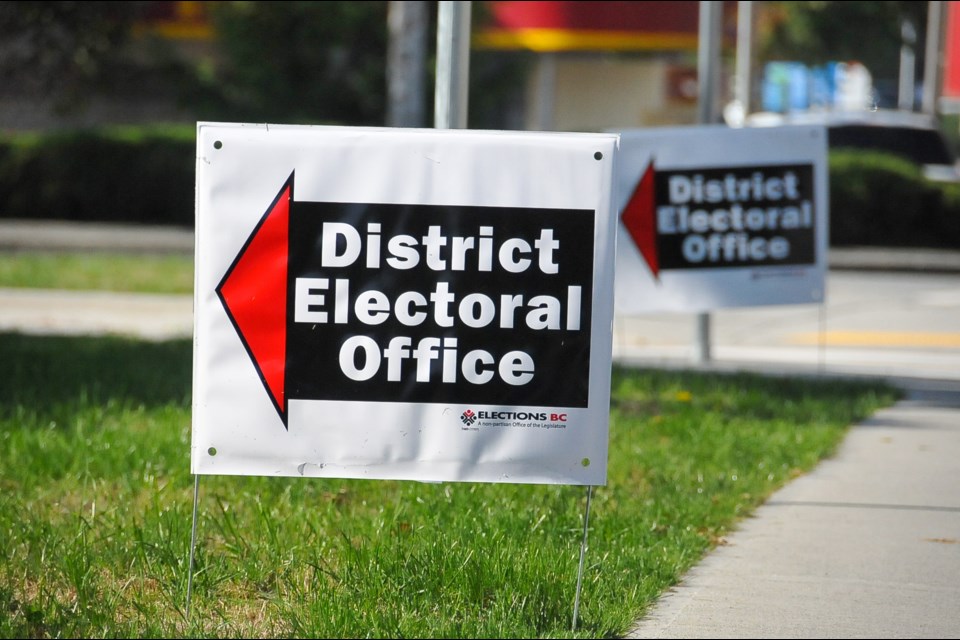The BC NDP is forecast to sweep all four Tri-Cities ridings, according to modelling by the 338 Canada project, which projects election outcomes with a statistical model based on opinion polls.
Popular vote projections show the biggest win coming in Port Coquitlam, where longtime BC NDP MLA Mike Farnworth holds a more than 40-point lead over first-time BC Liberal candidate Mehran Zargham.
In the neighbouring riding of Maillardville-Coquitlam, where BC NDP candidate Selina Robinson has held the seat for the last two terms, the NDP hold a 24.7-point lead.
First-time BC NDP incumbent Rick Glumac, meanwhile, holds a nearly identical 24.1-point advantage over Port Moody-Coquitlam BC Liberal candidate James Robertson, who as a former Navy and Special Forces veteran is also running on his first provincial ticket.
But it’s in Coquitlam-Burke Mountain where the race is predicted to be closest, with BC NDP challenger Fin Donnelly holding a 7.5-point advantage in the popular vote. However, the statistical margin of error for the NDP candidate sits at 7.7%, while BC Liberal candidate Joan Isaac’s projected 41.3% of the popular vote has a margin of error of 7.6%.
Despite the positive news for the BC NDP in the Tri-Cities, such modelling is not equivalent to a poll and should not be taken as a locked in conclusion, according to pollster Mario Canseco, president of Research Co.
While it’s possible to extrapolate seat counts and projections with the methodology used, Canseco said it’s more like the 338 Canada project saying, “this is how we think the vote will land but it’s not an actual poll.”
338Canada.com figures are not based on individual riding polls, rather they take into account electoral history, how the party is doing regionally and demographic information, for example, household income, age, population density, education and employment.
Canseco compared it to how individuals analyze a race based on observation and political analysis, not polls, for example, if a seat was won with a small margin or where a leader visits.
“We all make that analysis in our head,” he said.
That’s especially true for Coquitlam-Burke Mountain, where Isaacs won by 87 votes in 2017. In what is predicted to be the closest race in the Tri-Cities, BC NDP leader John Horgan has made a string of visits in recent weeks, even as BC Liberal leader Andrew Wilkinson has gone on the offensive in neighbouring Port Moody-Coquitlam.
Canseco added the projections are an “interesting exercise” but it’s not a substitute for polls; in fact, it relies on actual polls to extrapolate its seat projections.
“I don’t see a problem with this website – it’s actually a lot of fun,” Canseco said. “The problem I have is the misinterpretation.”
-With files from Maria Rantanen



